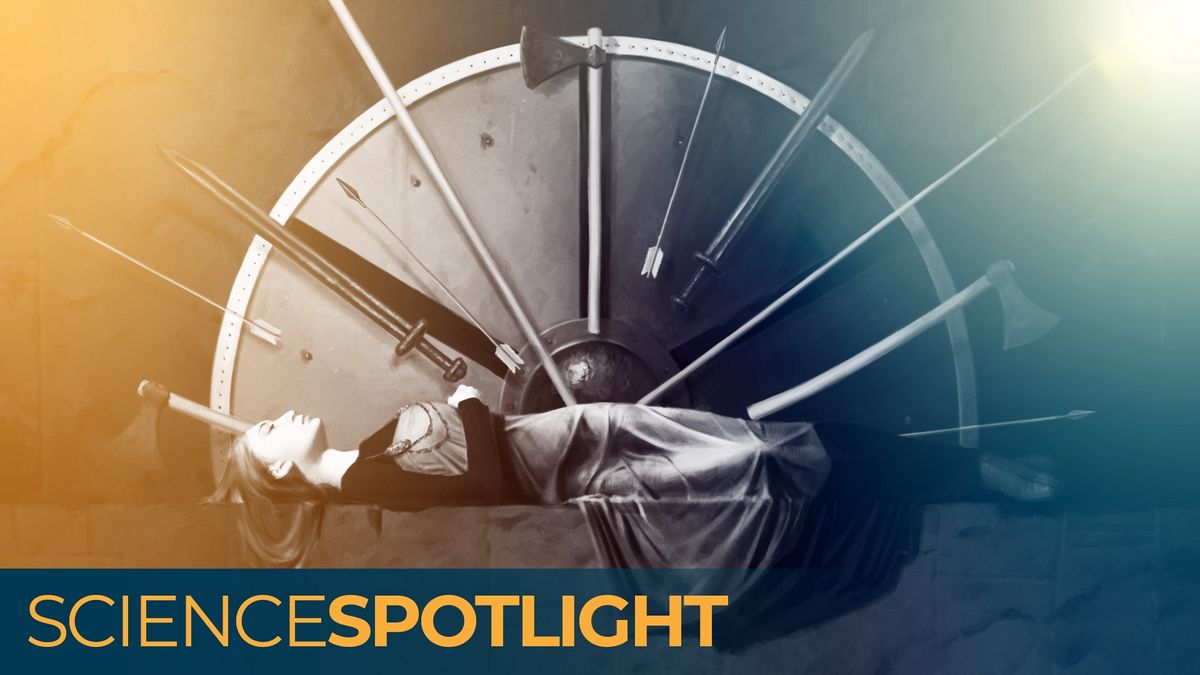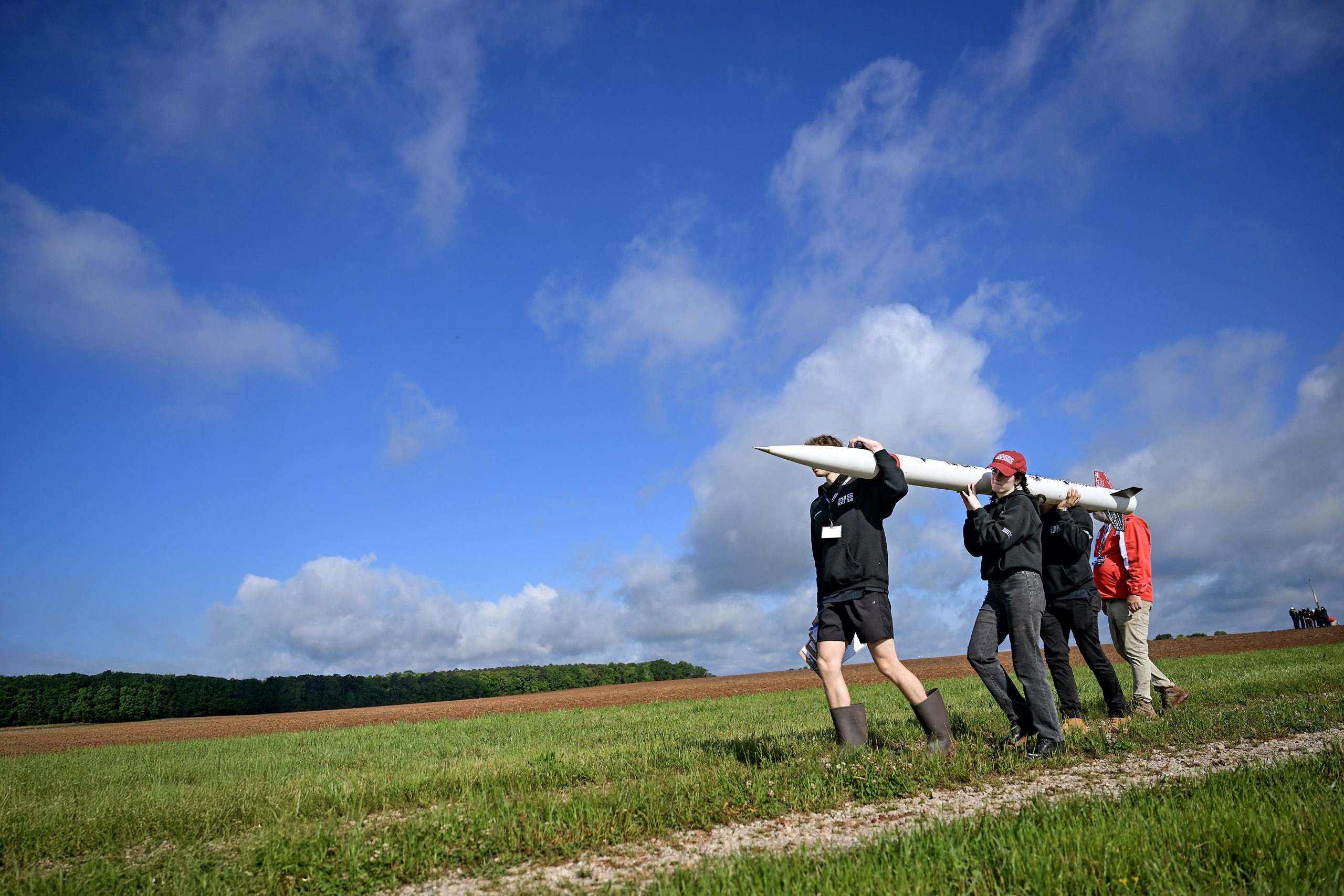Now Reading: Viking Burials Challenge Long-Held Beliefs About Women’s Roles in Warrior Society
-
01
Viking Burials Challenge Long-Held Beliefs About Women’s Roles in Warrior Society
Viking Burials Challenge Long-Held Beliefs About Women’s Roles in Warrior Society

Quick summary
- Discovery: A 1,000-year-old viking burial in Birka,Sweden revealed a female skeleton interred with extensive martial weapons and warhorses.
- DNA Analysis: In 2017, DNA evidence confirmed the remains were female, challenging assumptions that such graves typically belonged to male warriors.
- Debate: Scholars dispute whether females buried with weapons were warriors or if their burials have other symbolic or ritualistic meanings.Skepticism is partly fueled by gendered biases in archaeological interpretation.
- Findings Across Scandinavia:
– At least 30 Viking Age women were buried with war-grade weapons; fewer than three included swords.
– Female graves also featured shield bosses and arrowheads but could be misinterpreted due to poor preservation and equipment usage for non-martial purposes.
- Historical Context:
– Norse mythology recounts tales of warrior women like lagertha that may reflect societal roles rather than mythological idealization.
– Viking society’s gender dynamics likely allowed integration into various professions based on class and family connections rather than a strict binary construct.
Indian opinion Analysis
This discovery from Viking Age scandinavia underlines how historical narratives are shaped by modern cultural biases. Similar lessons might hold relevance for discussions surrounding India’s ancient history. Gender roles in Indian epics like Mahabharata highlight stories of powerful women such as Draupadi and warrior figures like the Goddess Durga-drawing parallels to mythical shield-maidens. The reinterpretation of historical artifacts calls for caution against projecting contemporary stereotypes onto past cultures.
For India’s archaeological efforts, this debate reinforces the importance of multidisciplinary approaches combining DNA analysis with historical texts when interpreting burial sites linked to various social hierarchies or professions. It could prompt introspection about how India’s own gender-biased interpretations perhaps overlook contributions of females in ancient warfare or leadership roles across different eras.
This broader discourse emphasizes reevaluating histories through objective evidence while being mindful not to distort findings through preconceived notions-a principle relevant globally as well as locally.























